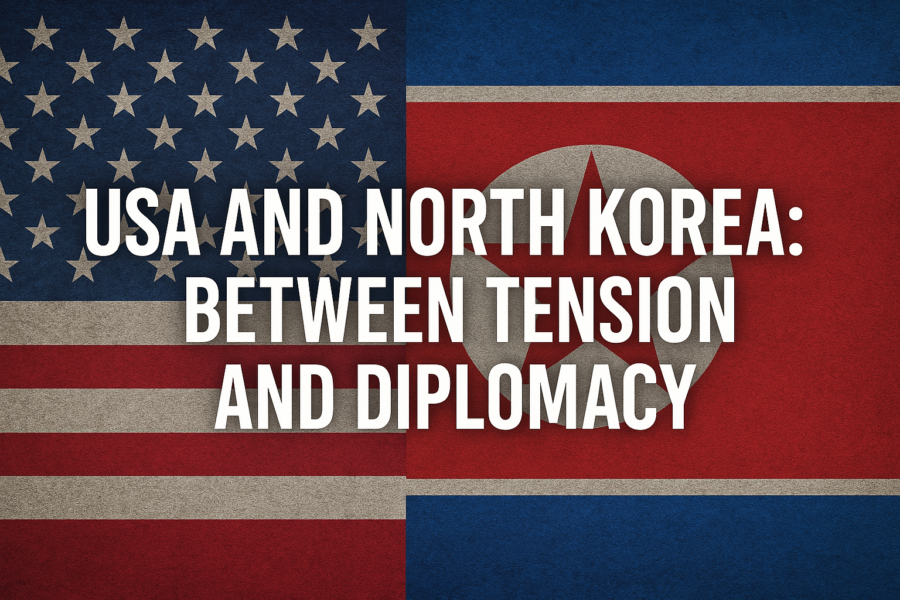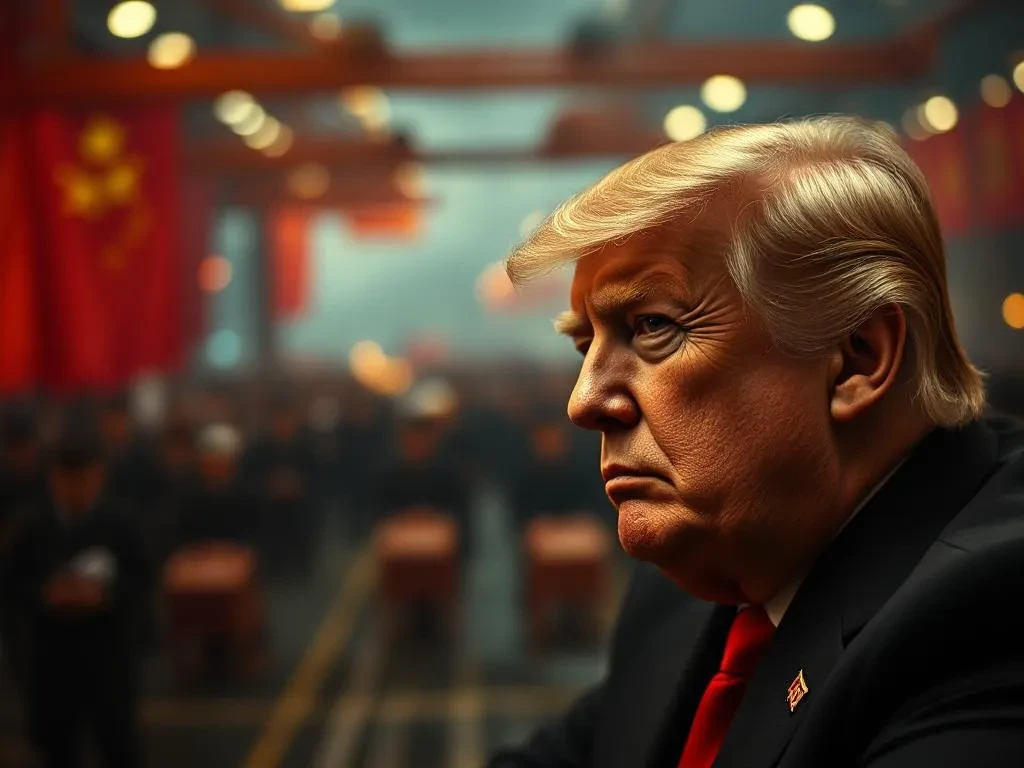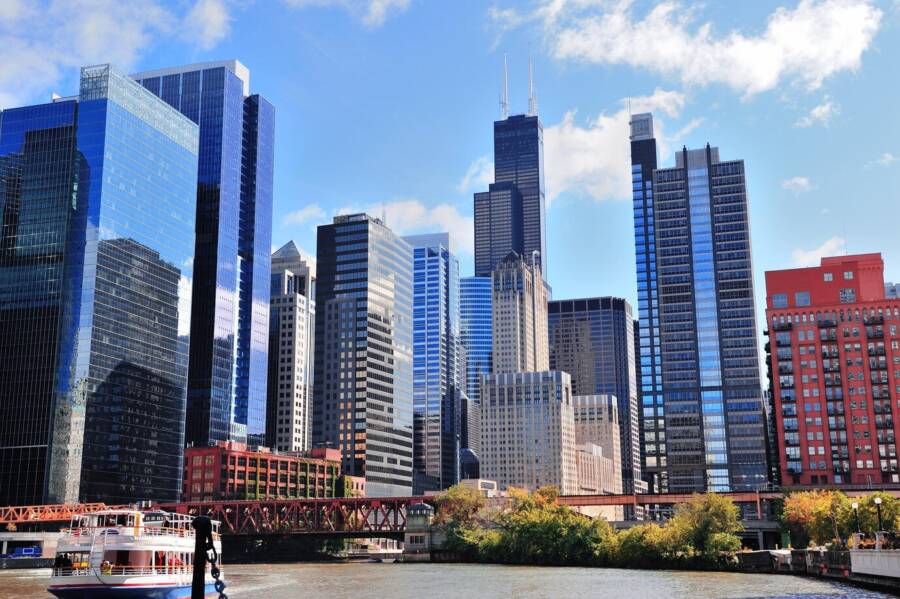Why have minorities flocked to Trump? Let’s get into it!
Donald Trump made huge headways with minorities and young voters this election, bringing him closer to turning some blue states red than any Republican candidate has in a generation.
Broken down demographically, a portrait of the Democrats’ colossal failure throughout our nation becomes painfully clear.
But out of this entire election something particularly interesting has stood out: Minorities flocked to Trump. So let’s talk about what everyone’s thinking… How in the world did this happen?
Well, the answer’s pretty simple if you think about it. Continue reading to learn more about why minorities flocked to Trump!
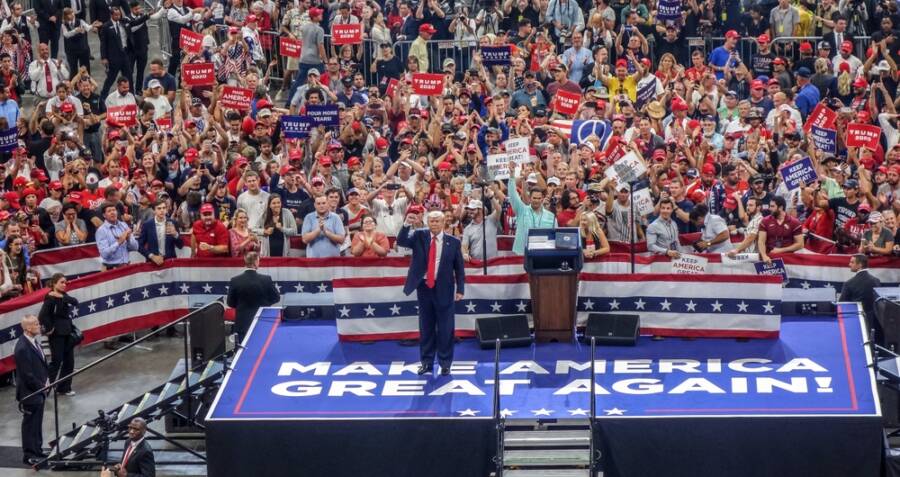
Donald Trump has skyrocketed to a strong election victory over Kamala Harris, lifted by some of the voters that Democrats once depended on.
Minorities flocked to Trump because the Republican president-elect showed strength with the white working-class voters who first pushed him to the White House in 2016 while pulling in massive support from minority voters and putting in a better-than-expected performance among younger generations, especially men.
And among Latinos, in particular, a vital part of the Democratic voter base for decades, Trump benefited from a 14% bump compared to the 2020 election, according to exit polls.
Nowhere is Trump’s reshaping of the electorate more apparent than in the states of Michigan, Pennsylvania, and Wisconsin, the highly coveted “blue wall” that helped propel Joe Biden to victory last time.
Trump crushed the competition this time around
This election, Trump won all three states, crushing Democrats’ dreams of Harris finding a path to victory despite early election night losses in the southern states of Georgia and North Carolina.
In his victory speech made in Florida, Donald Trump credited the result to “the biggest, the broadest, the most unified coalition” in our history. “They came from all quarters. Union, non-union, African American, Hispanic American,” he told a cheering crowd.
“We had everybody, and it was beautiful.” In Pennsylvania, which was considered the prized battleground state, Trump benefited from a huge swell of support from the state’s rising Latino population.
There were roughly 600,000 eligible Latino voters in Pennsylvania, including a substantial Puerto Rican population
Exit polls indicated that the Latino community in Pennsylvania amounted to approximately 5% of the total vote. Trump won 42% of that vote, compared to the 27% from 2020 when he ran against Joe Biden, indicating that minorities flocked to Trump.
The polls slowly continued to adjust as votes were counted but broadly represented electoral trends. In the state’s “Latino belt,” an eastern industrial corridor that has pivoted to the right in the last couple of elections, some voters said they weren’t surprised by the outcome.
Here’s what one Trump supporter had to say: “It’s simple. We liked the way things were four years ago,” said Samuel Negron, a member of the large Puerto Rican community in Allentown and Pennsylvania state constable.
Mr. Negron and other Trump supporters in the now majority-Latino city listed a few other reasons that their community was sailing towards Trump, including social issues and a perception that their overall family values align more with the Republican Party at this time.

The most common factor, though, was the economy… more specifically, inflation
“Out here, you pay $5 for a dozen eggs. It used to be $1, or even 99 cents,” another voter said. “A lot of us have woken up, in my opinion, from Democratic lies that things have been better. We realized things were better then.”
Just before the election, polls also indicated that many Latinos, all across the US but in Pennsylvania especially, were drawn to Donald Trump’s recommendations to block migrants at the US-Mexico border and pass much tougher immigration laws.
Daniel Campo, a Venezuelan-American, said that Trump’s claims of lurking “socialism” reminded him of the circumstances he left back in his home country. “I understand what migrants are leaving. But you have to do it the right way. I came the right way,” he said.
“Things have to be done legally. He said many of us were worried that the borders were just open” under the Biden-Harris administration.
Generally speaking, the Latino shift towards the Trump administration, his increased support among non-college-educated voters, and his hold on white working-class voters, in general, created an impossible barrier for Kamala Harris’ campaign.
Trump also improved his position in some other surprising corners
In the 2020 election, Joe Biden had a 24-point edge over voters who were under 30. This time around, though, that lead shrank to just 11 points for Kamala Harris.
While nationally black voters still overwhelmingly supported her (85%), in Wisconsin, Trump’s support among that demographic more than doubled, from 8% in 2020 to 22% in the 2024 election.
Wisconsin’s most important battlegrounds were the three counties that surround Milwaukee, known as the “Wow” counties – Ozaukee, Waukesha, and Washington.
Harris wasn’t able to significantly improve Biden’s 2020 vote share in these suburban neighborhoods while dropping in rural, whiter parts of the state that were dominated by Trump.
Preliminary results showed that Kamala failed to get as many votes as Biden in Wisconsin’s biggest, most diverse city, which is Milwaukee.
Michael Wagner, a professor at the University of Wisconsin, stated that her direct pleas to working-class voters might not have made much of a difference when we take into account the national political climate.
One voter, Ted Dietzler, cast his vote in a fire station on the edge of the small city of Waukesha. “I’m voting Trump because of the border, the economy, and no more wars,” he declared, wearing a Green Bay Packers hat.
“We saw a huge difference when Trump was president,” Dietzler said, adding that he was drawn to Trump’s clasp to former Democrats like Tulsi Gabbard and Robert F Kennedy Jr, both of whom seem set to have roles in the Trump administration.
“Inflation is a big deal, and I don’t think Harris quite gets it,” he said. “I think we’ll all be better off with Trump back.”
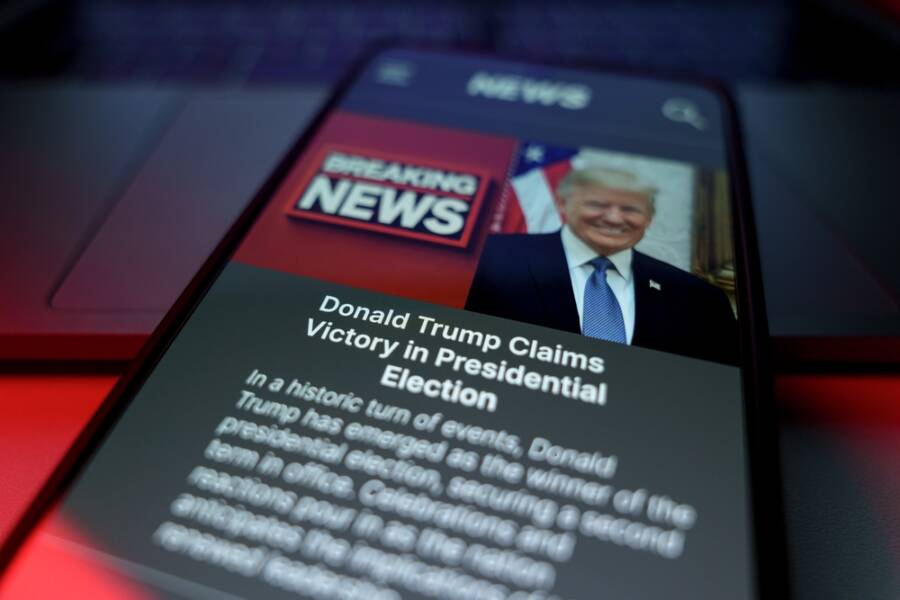
Let’s ask the voters… What do they have to say? Many complained about high interest rates
Donald Trump’s national economic messages hit home with working-class voters in the Midwestern state of Michigan, as well. With all votes counted, Trump leads the state that he lost in 2020 by approximately 85,000 votes.
He increased his vote share in Macomb County and rural areas, the first being home to many working-class voters in the Detroit suburbs.
Among them, Nahim Uddin, a former Ford car worker and delivery driver, voted for Donald Trump because he believes the former president would drive down prices. “I went to go purchase a car, and the interest rates had skyrocketed,” the 34-year-old said.
“That’s the whole reason I voted for him.” The same was true for Yian Yian Shein, a small business owner in Warren, who spoke about how Donald Trump would help people like her and lower income taxes.
Democrats tried to modify their economic messages in Michigan, praising their investments in electric car manufacturing while ensuring an endorsement from United Automobile Workers president Shawn Fain, a frequent Trump criticizer.
But, Republicans were able to “counteract” those messages by arguing that the shift to electric vehicles would come at the cost of jobs, said Michigan State University professor Matt Grossmann.
Yet what cost Democrats votes among blue-collar voters across demographic groups was the understanding that they were to blame for pinched budgets and high prices.
“Largely, voters have felt economic pain due to the post-Covid inflationary period, and they’re taking it out on Biden and Harris,” stated University of Michigan professor Jonathan Hanson.
Want to learn more about the Trump family? Check THIS out!
What are your thoughts on why minorities flocked to Trump this election? Let us know in the comments section below. And if you wish to learn more about this election, we highly recommend also reading: 6 Reasons Why Kamala Harris Never Had a Shot Against Trump



